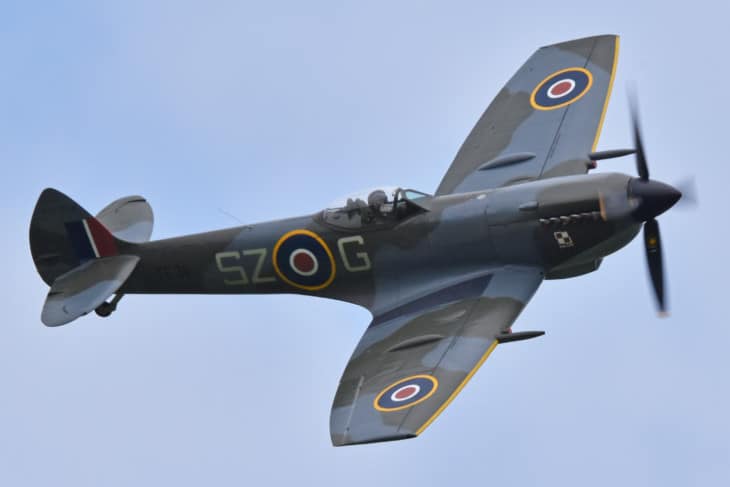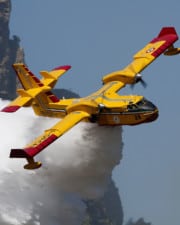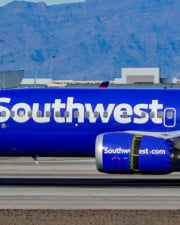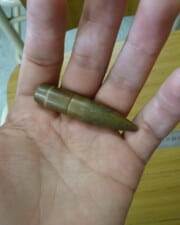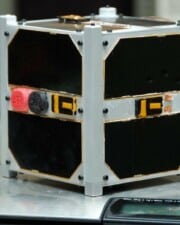Look at old warplanes, and you’ll probably notice some major differences between them and modern models. The designs are clunkier and vintage. The paint jobs are also different and more whimsical, including targets often painted on many models. That seems counterintuitive—isn’t the point that armies don’t want the enemy to hit the plane?
The targets painted on old warplanes are not targets but symbols to identify aircraft from different air forces, as friendly fire was a common problem in the early days of military aviation. Different air forces used different symbols to distinguish their aircraft.
Here is what you need to know about the target symbol commonly associated with military aviation, including how and why they got their shape and design.
It’s Called a Roundel
The symbol painted on old warplanes that looks like a target is actually called a roundel. A roundel is a round design that contains symbols that represent a particular country or organization. Roundels started out as important symbols in medieval heraldry but received an unexpected modernization with the dawn of aviation when military air forces began painting roundels onto airplanes.
The most common design for roundels is a series of concentric circles with different colors for each band. The French one is the most iconic as it takes inspiration from the cockade of the French Revolution with its red, white, and blue. These concentric circles look a lot like targets, although the intention was not to mimic those designs at all.

However, that doesn’t mean that all roundels look like targets. For example, Ireland uses different-colored swirls in its identifying insignia, while Australia adds a kangaroo to the center of its circle. Some countries don’t use circles at all, opting for stars or other geometric designs. However, the target-like symbol is the most common nowadays just as it was back in the day.
When Did Militaries Start Painting Roundels onto Their Warplanes?
The first instance of target-like markings on airplanes came about in World War One, which was also the first instance of using airplanes in combat.

One common problem back then was the low visibility and unfamiliarity of using airplanes for military purposes. Aviators often couldn’t tell their own airplanes apart from enemy aircraft, and there were many cases of friendly fire!
The French Air Force was the first to come up with a solution to this problem. In 1914, they came up with a symbol that mimicked the famous revolutionary cockade, a roundel with red, white, and blue circles.
The roundel as a military insignia was quickly adapted by other powers. The British Royal Air Force tried painting the Union Jack on the planes at first but realized complex images got lost at high altitudes. They adopted the French roundel, just rearranging the color order.
During World War Two, the roundel evolved. Militaries realized that the bright white paint was making the planes too visible when flying reconnaissance missions. Subsequent models made the white stripes smaller or barely visible, which made the roundel look even more like a target.
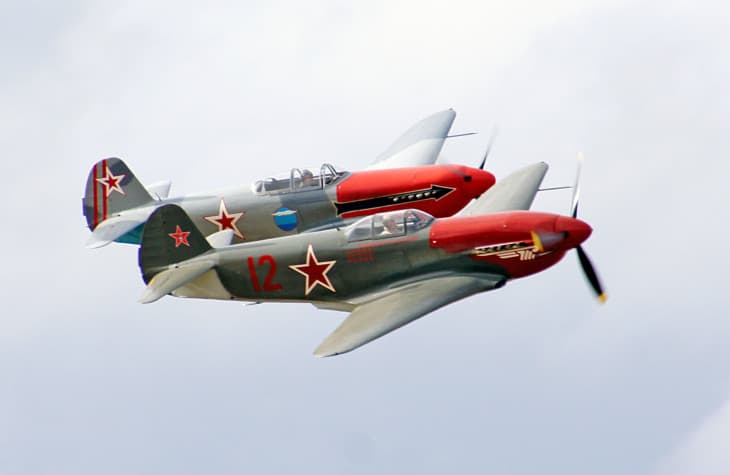
The roundel was adapted by many air forces because it was simple enough that it made aircraft identifiable from the ground. However, it was not the only symbol that air forces used to mark out their planes—for example, the German Air Force used the Iron Cross. The only criteria at the time were that the symbol was distinctive enough to identify the planes and simple enough to be visible from the ground.
Do Warplanes Still Have Targets on Them?
There are a few reasons why you’ll see these massive targets or roundels on old warplanes but not on exhibitions of new planes.
As aviation warfare evolved, the importance of marking out planes to avoid friendly fire decreased. As early as World War Two, air forces began to prioritize stealth and camouflage over visibility. The danger of getting shot down by an enemy plane for sticking out in the sky was stronger than the likelihood of getting shot down by a confused ally.
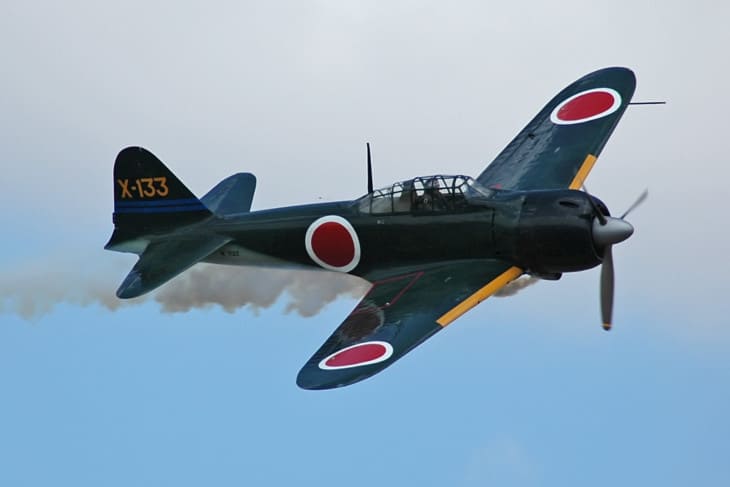
The appearances of warplanes have evolved completely, not just because the “targets” are gone. The days of whimsical paint jobs, such as the targets on Spitfires or the teeth on the Curtiss P-40, are long gone. Instead, most warplanes today have camouflage paint or a neutral color such as black or gray to blend in more and carry out stealth missions.
However, the old roundel and target paint live on in a slightly diminished form. International law today still requires military planes to have insignia identifying which country they belong to unless they get special exemptions to fly over a country’s airspace incognito. Many air forces, including the RAF, use the old roundels, just smaller and in low-viz variations instead of the old massive designs.
Related Posts
